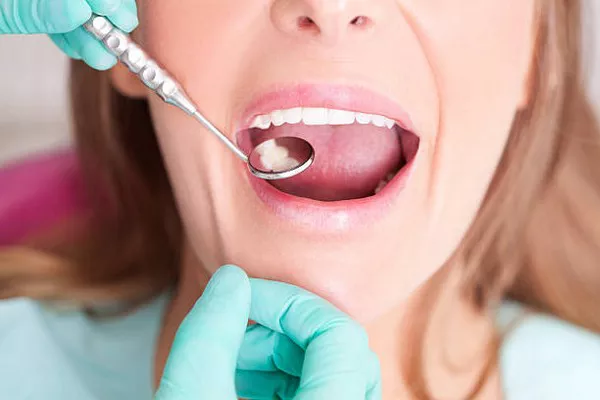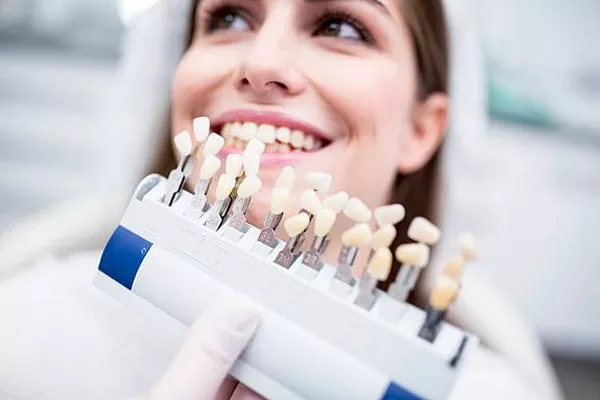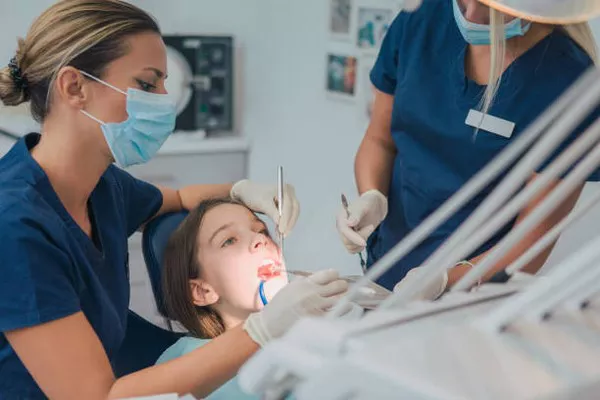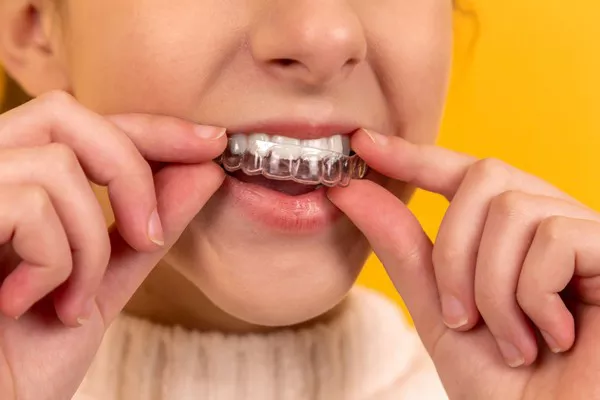Composite fillings are a popular dental restoration option due to their natural appearance and ability to blend in with surrounding teeth. Made of a mixture of resin and fillers, composite fillings can be used to restore decayed, chipped, broken, or worn teeth. However, after receiving a composite filling, it’s important to be mindful of how long you should wait before eating to ensure the filling sets properly and lasts as long as possible.
In this article, we’ll explore the process of getting a composite filling and discuss how long you should wait before eating after receiving one. We’ll also cover some tips for caring for your composite filling to help keep it in good condition.
The Process of Getting a Composite Filling
Before diving into how long to wait before eating after a composite filling, let’s first briefly examine the process of getting one. When you visit the dentist to receive a composite filling, they will begin by numbing the area around the affected tooth with a local anesthetic. This helps minimize any discomfort you may feel during the procedure.
Next, the dentist will remove any decayed or damaged tooth material, clean the tooth, and prepare it for the filling. The composite filling material is then placed in layers and hardened using a special light between each layer. Once all the layers are in place, the dentist will shape and polish the filling to ensure it fits comfortably in your mouth and blends seamlessly with your other teeth.
After completing the procedure, your dentist will likely provide you with instructions on how to care for your new filling, including how long to wait before eating.
How Long Should You Wait Before Eating After a Composite Filling?
After receiving a composite filling, it’s important to wait a certain amount of time before eating to allow the filling to set and harden properly. This helps ensure the filling stays in place and lasts as long as possible.
While the exact amount of time you should wait before eating can vary depending on your dentist’s instructions, most dental professionals recommend waiting at least one hour before eating. Some may even suggest waiting up to two hours to be safe.
It’s important to note that while you may feel ready to eat after just a few minutes, it’s best to wait the full recommended amount of time to ensure the filling has had adequate time to set. Eating too soon after receiving a composite filling can cause the filling material to move or come loose, which can lead to discomfort and require additional dental work.
Additionally, it’s recommended that you avoid eating or drinking anything extremely hot or cold for the first couple of days after receiving a composite filling. The tooth may be sensitive during this time, and consuming foods or beverages that are too hot or cold can exacerbate this sensitivity.
What Foods Should You Avoid After Getting a Composite Filling?
In addition to waiting a certain amount of time before eating, it’s also important to be mindful of what foods you consume after receiving a composite filling. Certain foods can be more challenging on a newly-filled tooth and may increase the risk of damaging the filling.
Here are some foods to avoid in the days following a composite filling:
Hard or Sticky Foods:
Foods that are hard or sticky can put undue pressure on the filling and potentially dislodge it. This includes items like nuts, hard candy, popcorn, and chewy candy or gum.
Very Hot or Cold Foods:
As mentioned previously, very hot or cold foods can exacerbate any sensitivity you may experience after receiving a composite filling. Avoid consuming foods or drinks that are extremely hot or cold until the sensitivity subsides.
Acidic Foods:
Foods that are highly acidic, such as citrus fruits or tomatoes, can irritate the gums and potentially damage the filling material.
Alcohol and Caffeine:
Consuming alcohol or caffeine can dehydrate the body, which can lead to a dry mouth. A dry mouth can increase the risk of tooth decay and compromise the integrity of the filling. It’s best to avoid or limit alcohol and caffeine consumption after receiving a composite filling.
Tips for Caring for Your Composite Filling
To maximize the lifespan of your composite filling, it’s important to take good care of it. Here are some tips for caring for your new filling:
Practice Good Oral Hygiene:
Brush your teeth twice daily and floss once per day to remove plaque and food particles that can contribute to tooth decay. Additionally, visit your dentist regularly for cleanings and check-ups.
Avoid Habits That Can Damage the Filling:
Don’t grind or clench your teeth, bite your nails, or use your teeth to open packages. These habits can put undue pressure on the filling and potentially damage it.
Wear a Mouthguard:
If you participate in sports or grind your teeth at night, wear a mouthguard to protect your teeth from damage.
Address Any Pain or Sensitivity:
If you experience any pain or sensitivity around the filled tooth, contact your dentist right away. Prompt treatment can help prevent further damage to the filling.
Related Topics:





























